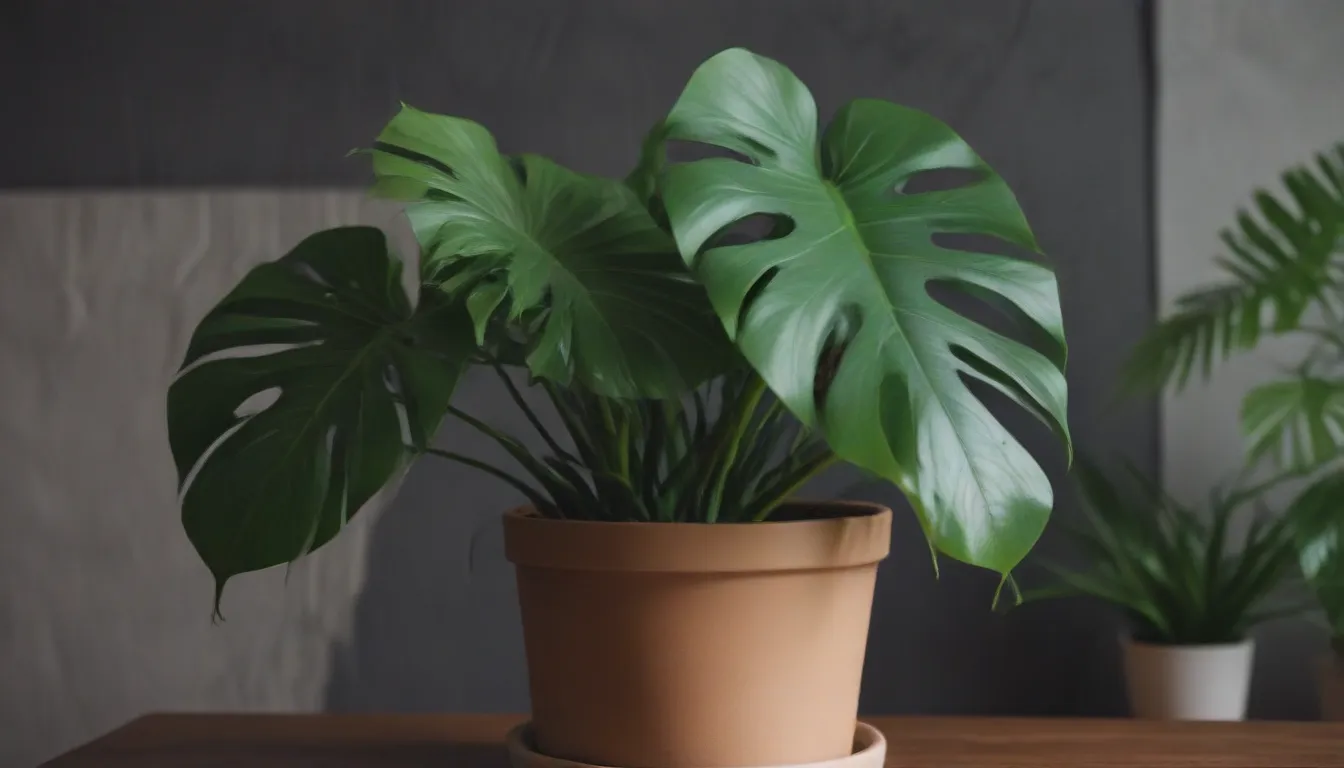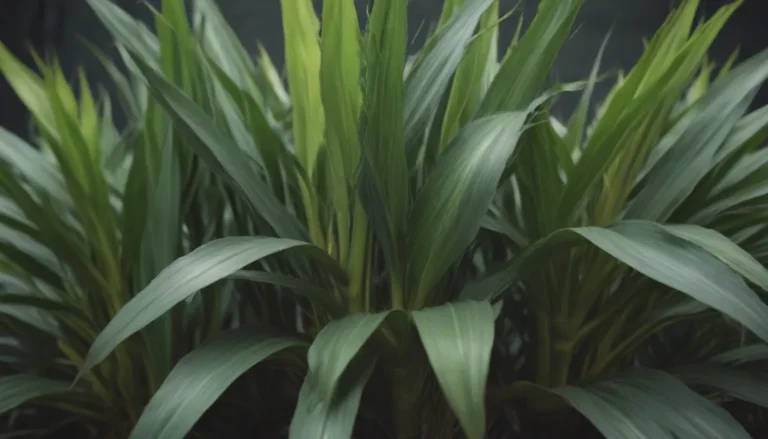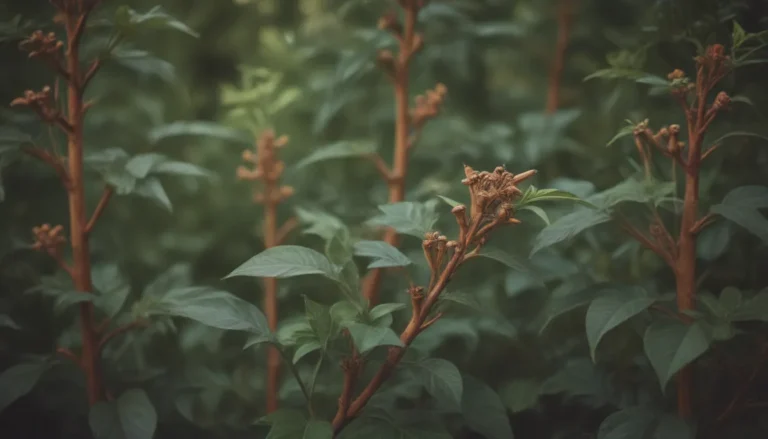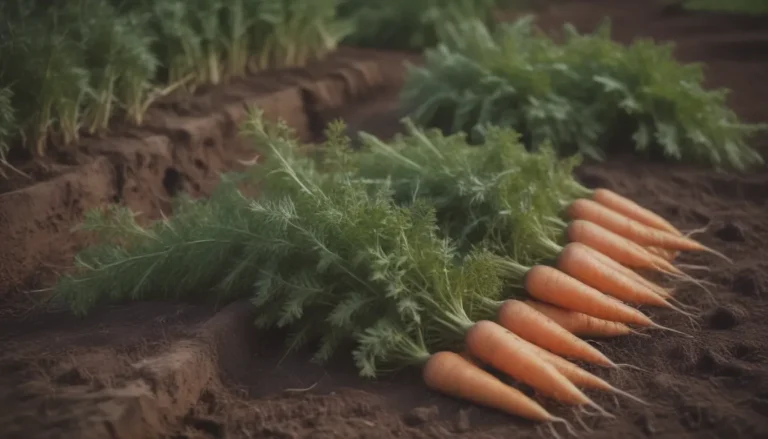The Ultimate Guide to Growing and Caring for Monstera Deliciosa

Monstera deliciosa, also known as the split-leaf philodendron or Swiss cheese plant, is a stunning tropical plant that has become a popular choice for houseplant enthusiasts. With its glossy, heart-shaped split leaves and relatively easy care requirements, it’s no wonder why this plant has captured the hearts of many indoor gardeners. In this comprehensive guide, we’ll dive deep into all aspects of growing and caring for Monstera deliciosa to help you nurture a healthy and thriving plant in your home.
Understanding Monstera Deliciosa
Monstera deliciosa is a fast-growing climbing evergreen that can add a touch of drama to any indoor space. Here are some key points to know about this beautiful plant:
– This plant grows best in humid and warm environments, requiring dappled or partial light.
– It thrives in well-drained peat-based soil with an acidic or neutral pH.
– Monstera deliciosa is toxic to humans and pets, so be cautious when handling it.
Monstera Deliciosa Care Tips
To ensure the health and vitality of your Monstera deliciosa, it’s essential to provide the right care. Here are some key care requirements to keep in mind:
Light
- Monstera deliciosa prefers bright, indirect sunlight between 65°F and 75°F.
- Avoid direct sunlight in warmer months, as it may lead to foliage burn.
- Provide outdoor plants with some direct sunlight occasionally to promote lush growth.
Soil
- Use well-draining potting soil mixed with perlite and shredded bark for optimal aeration and drainage.
- For outdoor plants, choose sandy, loamy, or clay soils with an acid or neutral pH.
Water
- Water your Monstera when the top few inches of soil are dry.
- Allow the soil to dry out slightly between waterings to prevent overwatering.
- Look out for limp or curling leaves as signs that your plant needs water.
Temperature and Humidity
- Maintain temperatures between 65°F and 85°F for optimal growth.
- Aim for a humidity level of around 60% to keep your Monstera happy.
- Consider using a humidifier to increase indoor humidity levels.
Fertilizer
- Use a balanced liquid fertilizer (20-20-20) every few weeks during the growing season.
- Dilute the fertilizer and pour it into the soil until it drains out of the bottom.
By following these care tips, you can keep your Monstera deliciosa healthy and thriving in your home.
Types of Monstera Plants
In addition to the classic Monstera deliciosa, there are several other species and cultivars within the Monstera genus. Here are a few common varieties to explore:
– Monstera albo
– Monstera obliqua
– Monstera adansonii
– Monstera deliciosa ‘Peru’
– Monstera deliciosa ‘Thai Constellation’
Each variety offers unique characteristics and can add diversity to your indoor plant collection.
Pruning and Propagating
To maintain the shape and health of your Monstera deliciosa, it’s essential to prune and propagate it regularly. Here are some tips for pruning and propagating your plant:
Pruning
- Trim unruly aerial roots and tuck them back into the pot if needed.
- Use trimmed stems and leaves for propagation to grow new plants.
Propagating
- Propagate your Monstera deliciosa through stem cuttings or air layering.
- Air layering is a preferred method that allows you to create a new plant without cutting the mother plant.
Potting and Repotting
As your Monstera deliciosa grows, it will eventually outgrow its pot and require repotting. Follow these steps for potting and repotting your plant:
– Choose a pot a few inches wider and deeper than the current one to accommodate growth.
– Select a well-draining potting mix and ensure the pot has drainage holes.
Regular repotting will help your Monstera thrive and continue to grow vigorously.
Common Pests and Diseases
While Monstera deliciosa is a resilient plant, it can still face issues with pests and diseases. Here are some common problems to watch out for:
– Pest: Mealybugs, aphids, thrips, scale insects, and spider mites.
– Diseases: Root rot, powdery mildew, and leaf spot.
By maintaining good hygiene practices and addressing issues promptly, you can keep your Monstera healthy and pest-free.
Troubleshooting Common Problems
Despite its hardy nature, Monstera deliciosa can experience various issues that may impact its health. Here’s how to address some common problems:
– Browning Leaf Tips: Adjust watering schedule and remove affected leaves.
– Yellow Leaves or Spots: Water thoroughly and remove dry leaves.
– Wilting or Curling Leaves: Check for overwatering and low humidity levels.
– Black Spots: Monitor for fungal or bacterial diseases and remove affected leaves.
Regularly inspecting your plant and taking corrective actions can help prevent issues from worsening.
Final Thoughts
Caring for Monstera deliciosa is a rewarding experience that allows you to enjoy the beauty of this tropical plant in your home. By providing the right conditions and attentive care, you can watch your Monstera grow and thrive over time. Remember to stay observant, address any issues promptly, and enjoy the lush greenery that Monstera deliciosa brings into your space.
With this comprehensive guide, you now have a solid foundation for growing and caring for your Monstera deliciosa. By following these tips and techniques, you can nurture a healthy and vibrant plant that will bring joy and beauty to your indoor garden. Happy gardening!





